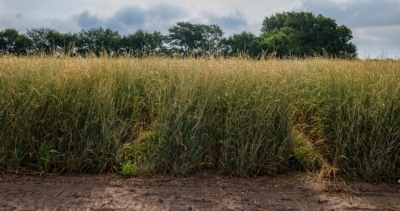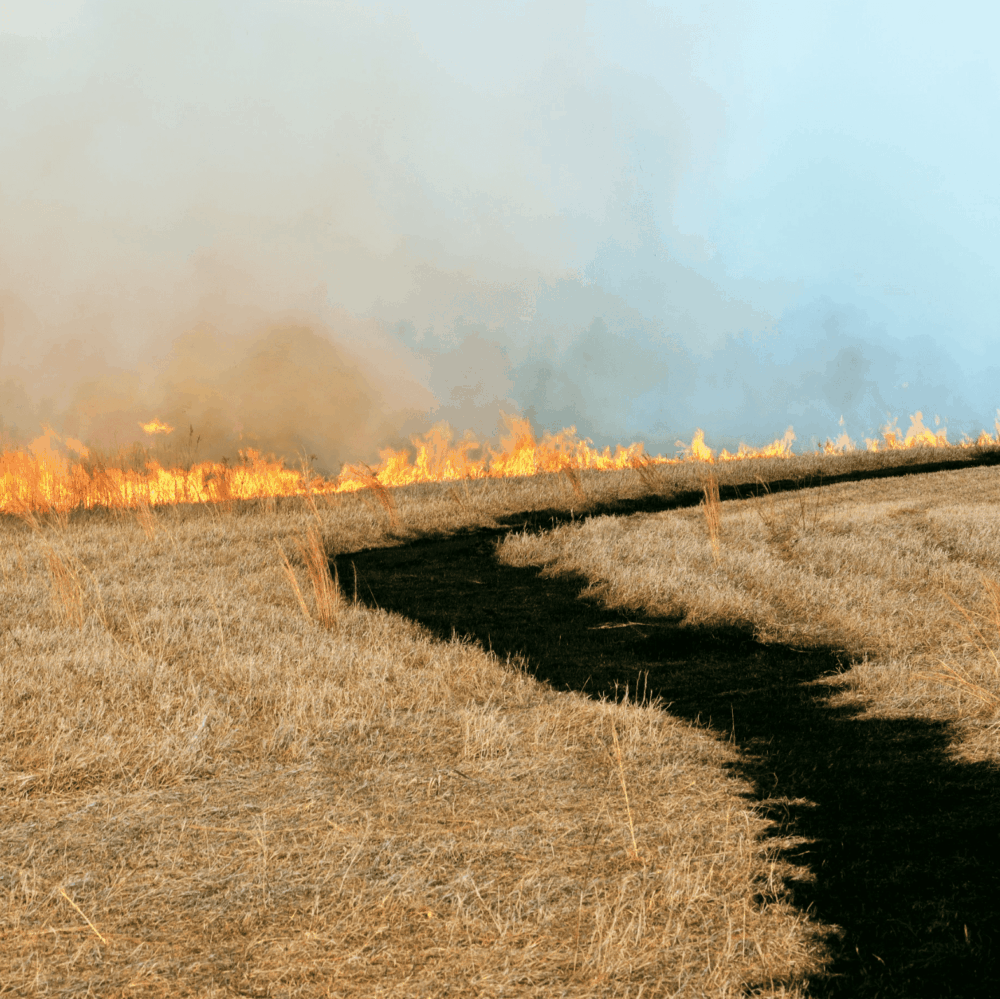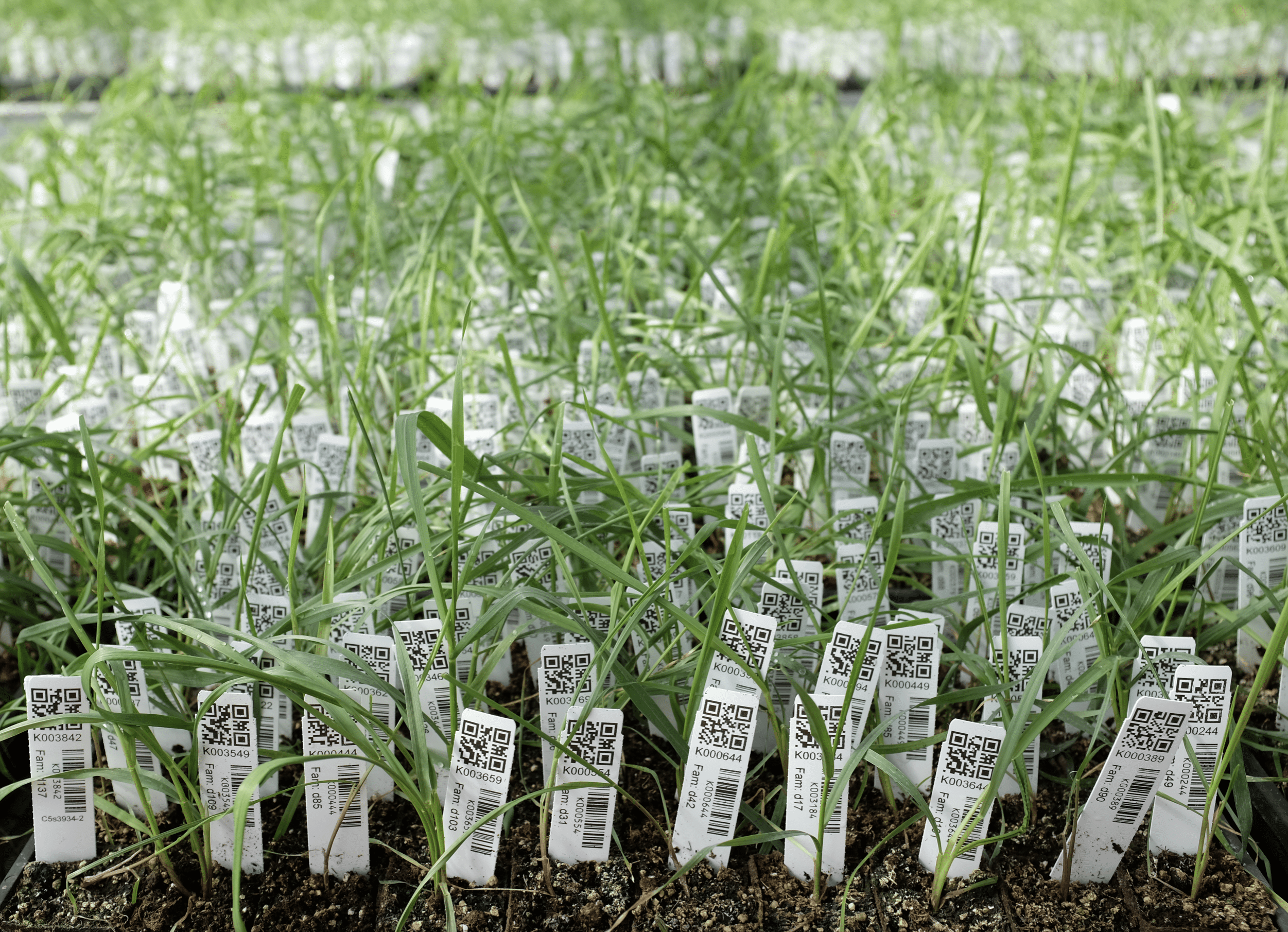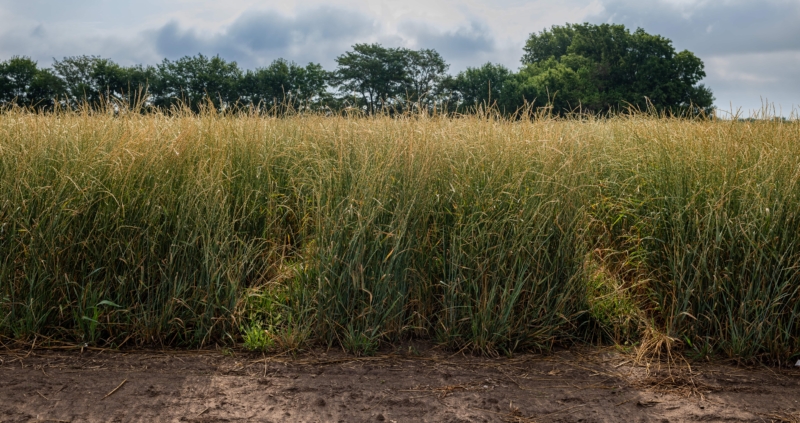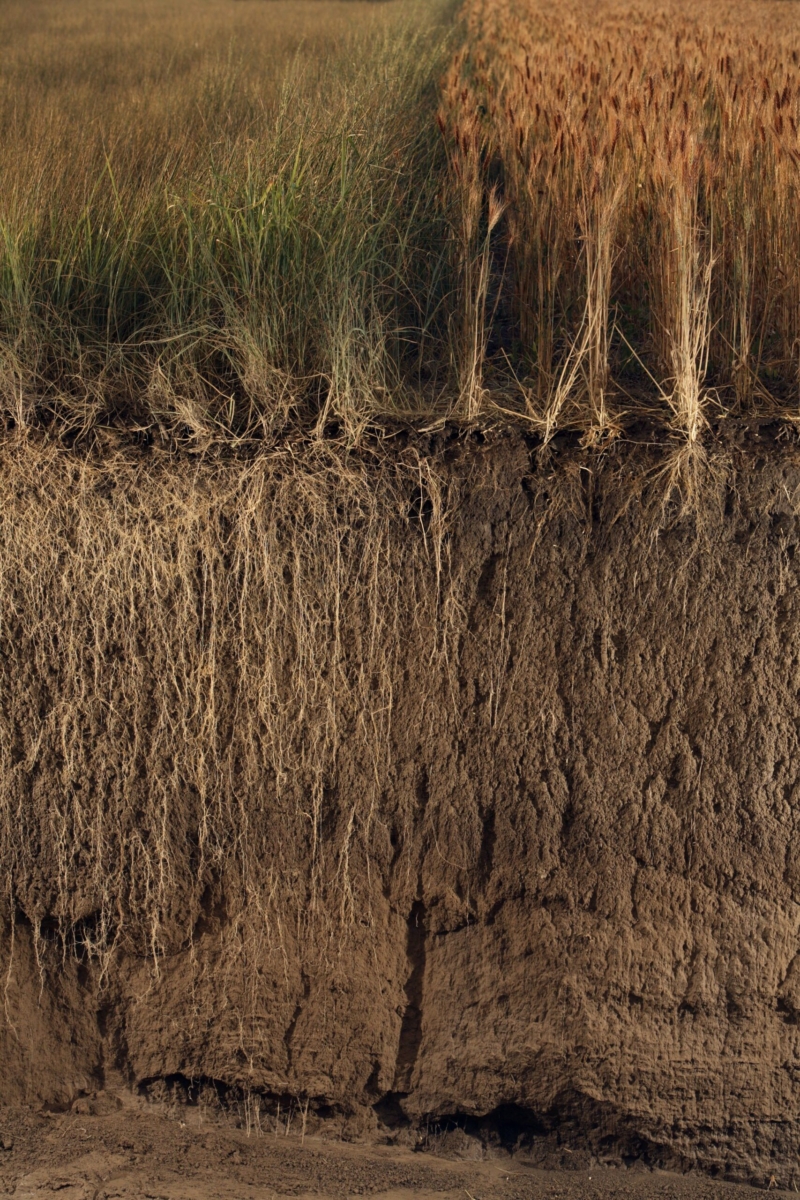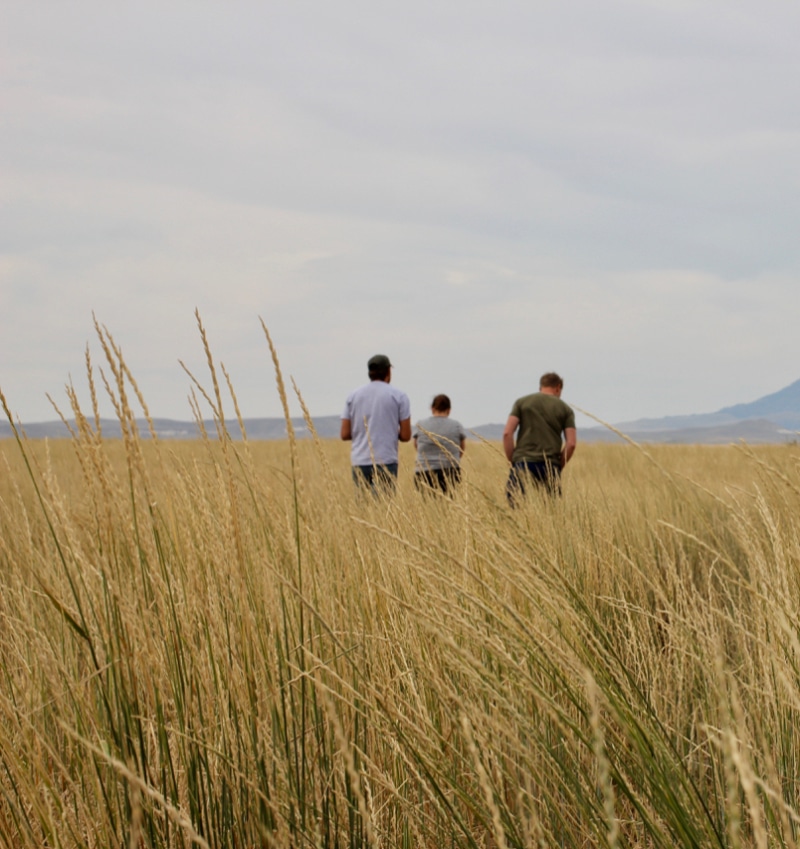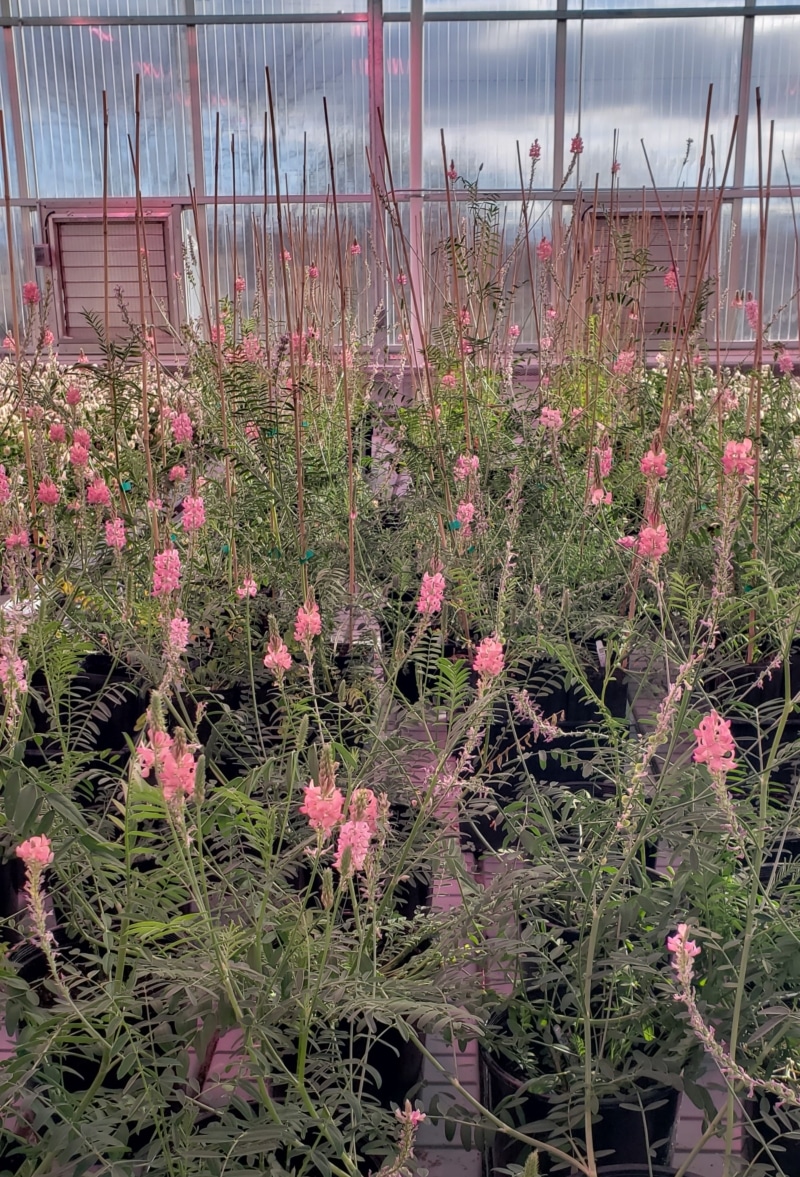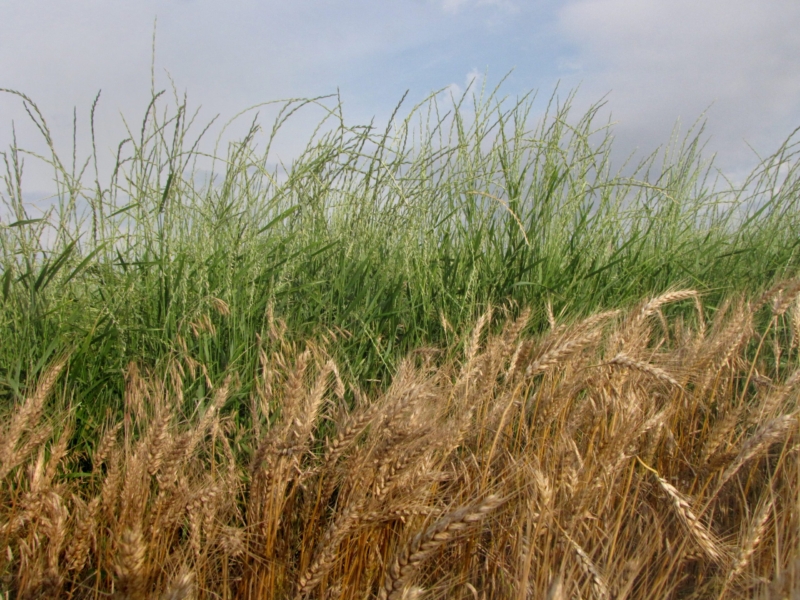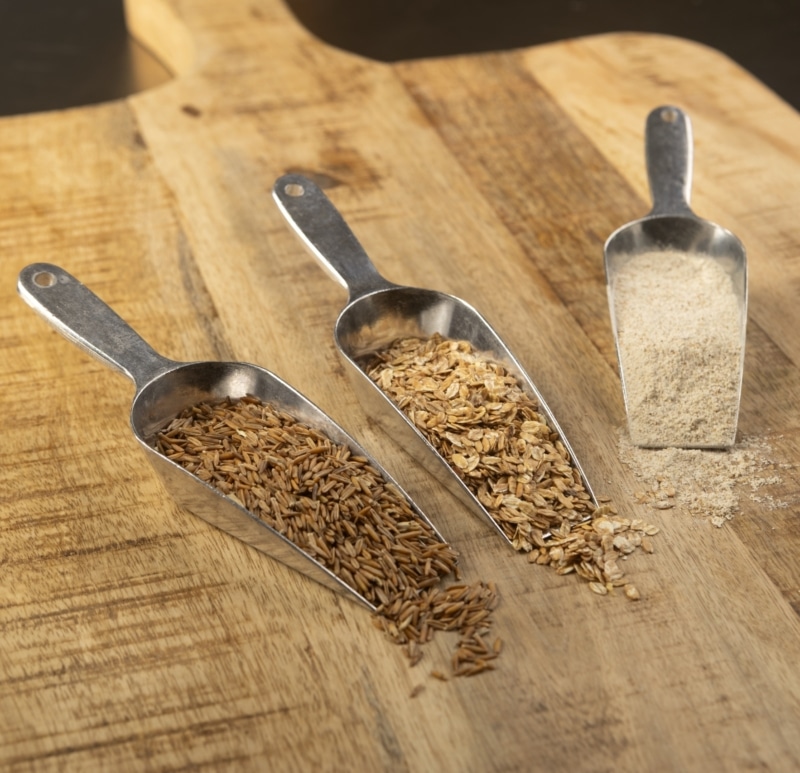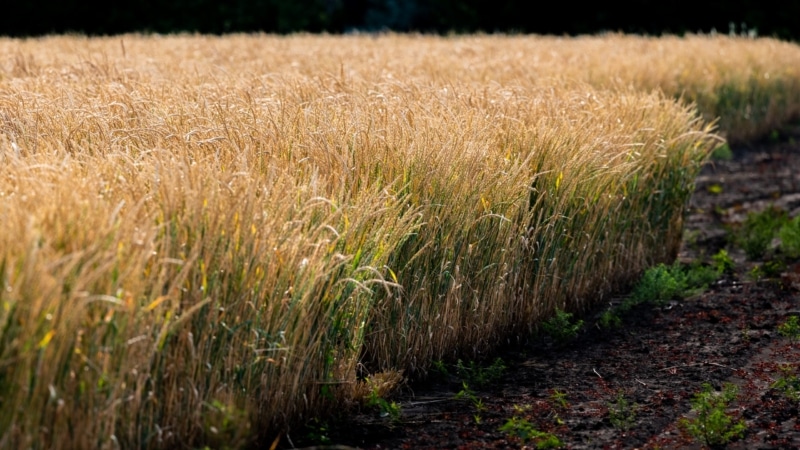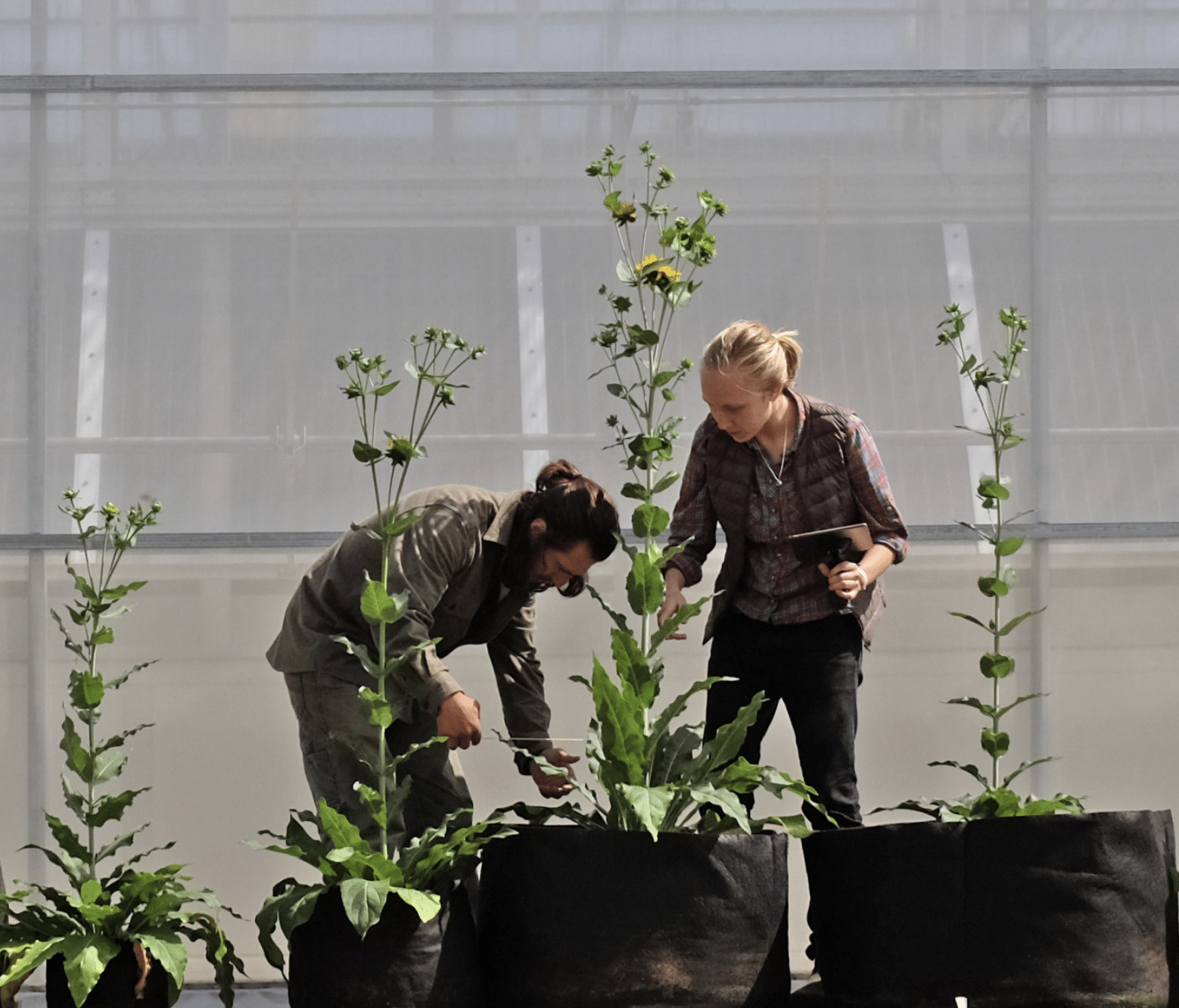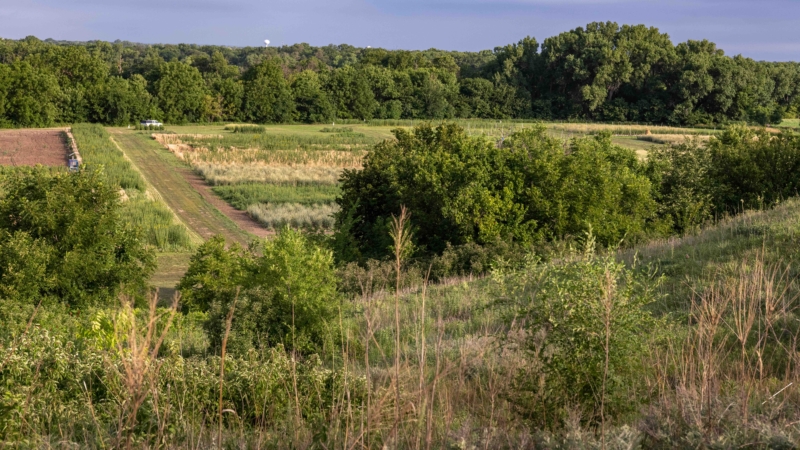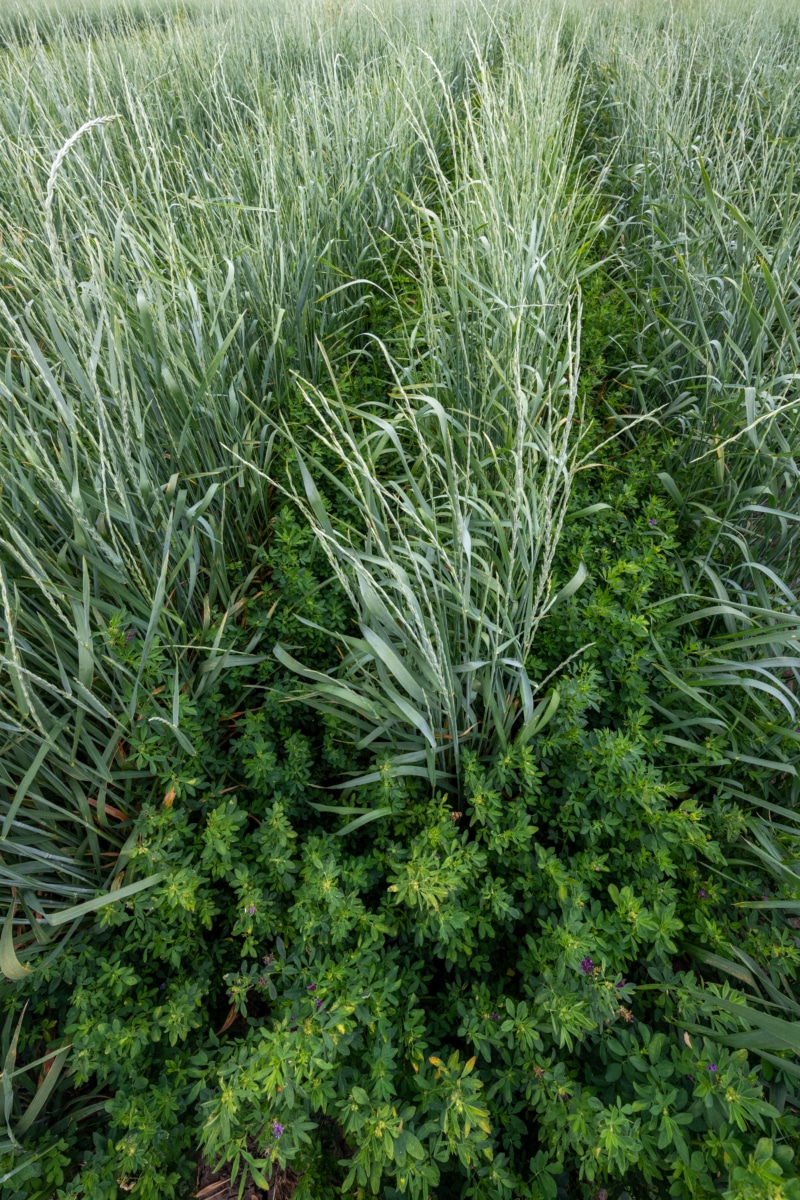Researchers conducted a study at the Perennial Agriculture Project (PAP) Field Station (a joint venture between The Land Institute and The Malone Family Land Preservation Foundation) in Lawrence, Kansas to observe how fire disturbances could promote microbial diversity and perennial plant productivity in ecosystems susceptible to fire exposure.
Fire is a common ecological disturbance that structures terrestrial ecosystems and biological communities. The ability of fires to contribute to ecosystem heterogeneity has been termed pyrodiversity and has been directly linked to biodiversity (i.e., the pyrodiversity–biodiversity hypothesis). Since climate change models predict increases in fire frequency, understanding how fire pyrodiversity influences soil microbes is important for predicting how ecosystems will respond to fire regime changes. Here we tested how fire frequency-driven changes in burn patterns (i.e., pyrodiversity) influenced soil microbial communities and diversity. We assessed pyrodiversity effects on soil microbes by manipulating fire frequency (annual vs. biennial fires) in a tallgrass prairie restoration and evaluating how changes in burn patterns influenced microbial communities (bacteria and fungi). Annual burns produced more heterogeneous burn patterns (higher pyrodiversity) that were linked to shifts in fungal and bacterial community composition. While fire frequency did not influence microbial (bacteria and fungi) alpha diversity, beta diversity did increase with pyrodiversity. Changes in fungal community composition were not linked to burn patterns, suggesting that pyrodiversity effects on other ecosystem components (e.g., plants and soil characteristics) influenced fungal community dynamics and the greater beta diversity observed in the annually burned plots. Shifts in bacterial community composition were linked to variation in higher severity burn pattern components (grey and white ash), suggesting that thermotolerance contributed to the observed changes in bacterial community composition and lower beta diversity in the biennially burned plots. This demonstrates that fire frequency-driven increases in pyrodiversity augment biodiversity and may influence productivity in fire-prone ecosystems.
ACCESS ARTICLE PDF
